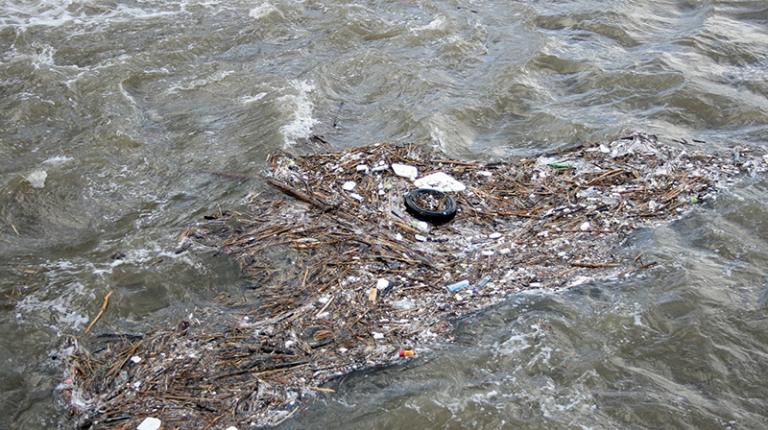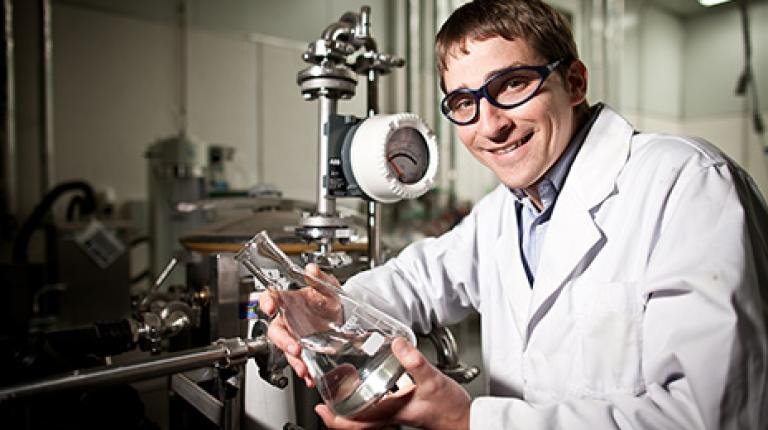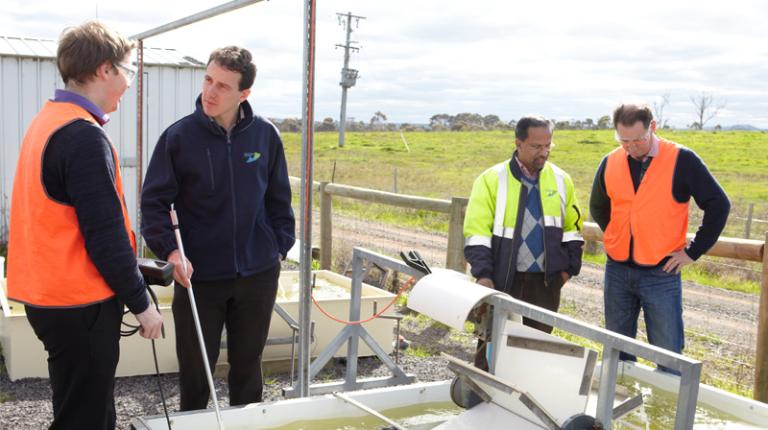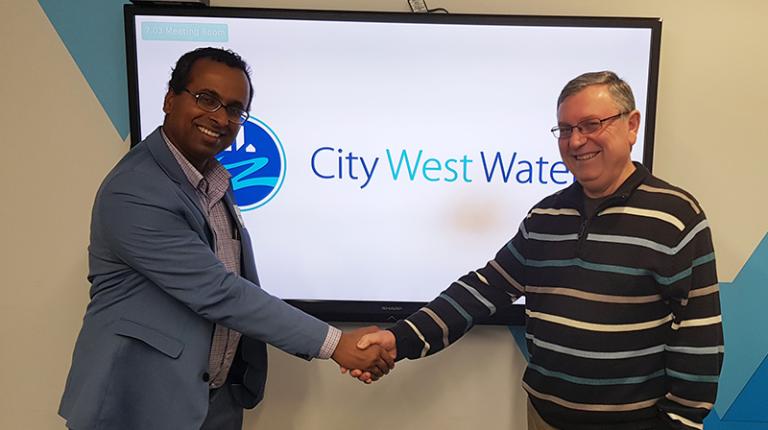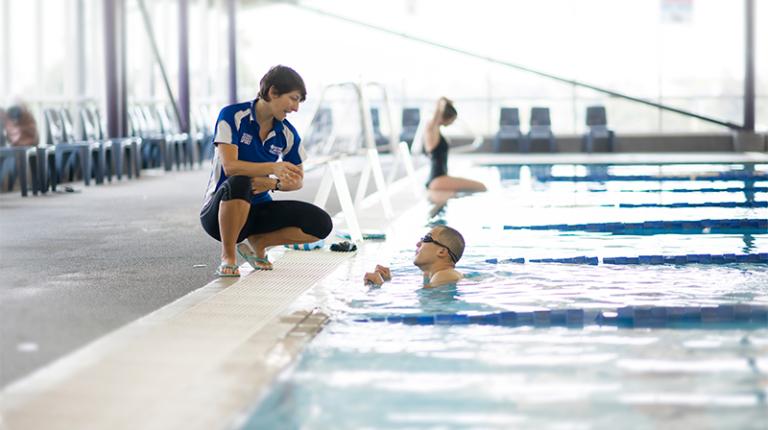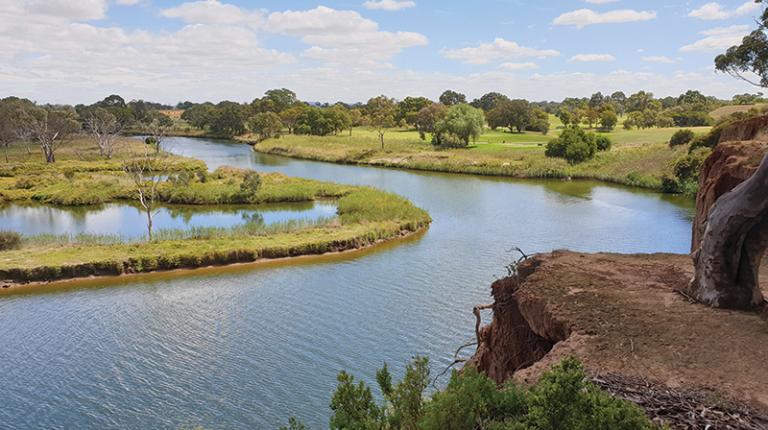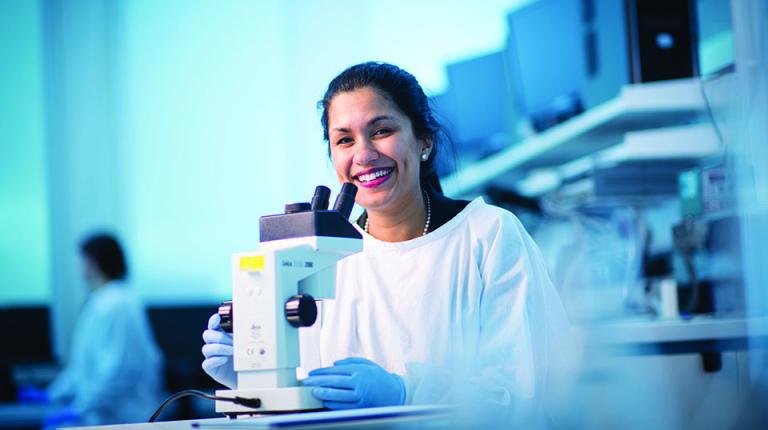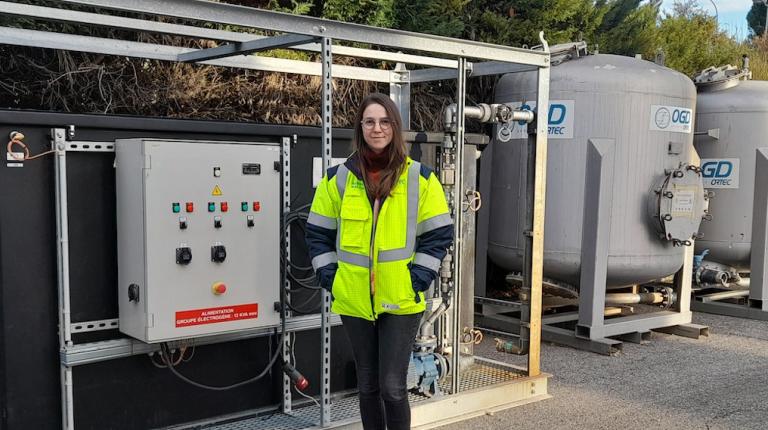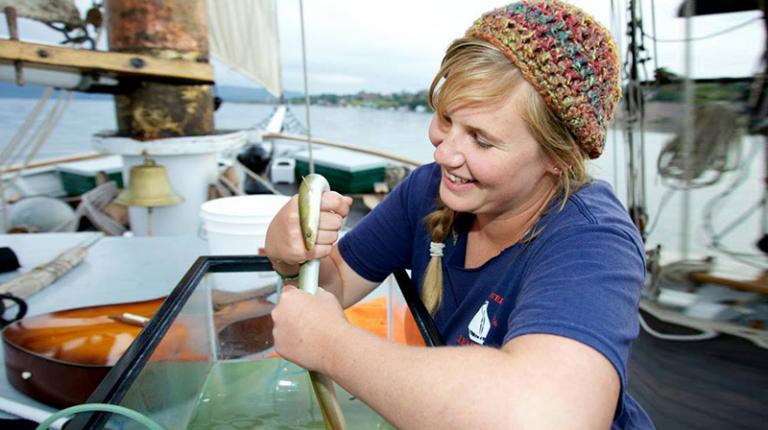Centralised water systems established over the last 100 years around the world are under increasing pressure from a variety of sources, including growing populations and climate change. Globally the existing centralised systems will not be able to meet service needs without a significant increase in investment to enhance system capacity. Integrated Urban Water Management approaches using decentralised and distributed water supply and treatment are being implemented to supplement the existing systems for longer term sustainable and fit for purpose solutions to system shortcomings. Dr Ashok Sharma and Professor Stephen Gray addressed the Integration of Decentralised and Centralised Water Systems to Address Current Water Servicing Challenges, for the International Conference on Sustainable Development through Engineering Innovations.
Membranes can be used for drinking water production by removing contaminants, however, the current membranes have significant limitations for this use. The water treatment research team is looking at development of the next generation of membranes for freshwater production and sustainable maintenance of the membranes. Membranes used for freshwater production require regular cleaning with harsh chemicals that present a challenge for safe use in remote communities. Mikel Duke led a team of VU’s water treatment researchers in a collaboration with researchers from the University of Colorado examined the potential for using a solar cleaning method for membranes used for freshwater treatment – using simulated sunlight – as a step towards development of an alternate cleaning method.
Associate Professor Shobha Muthukumaran collaborated with water researchers from Australia and the United Arab Emirates to conduct a review of the potential for the next generation membranes to be used for drinking water production in 2D nanosheet enabled thin film nanocomposite membranes for freshwater production. The review examines current limitations in the technology with the aim to develop the next generation of 2-D enabled separation membranes that would provide scalable and long-term separation of solubles, such as saline (salt), to produce freshwater.
Dr Muhammad Tariq and Dr Nitin Muttil mentor undergraduate students interested in conducting research for publication. Kelden Wangchuk, a civil engineering student from Bhutan, co-authored a report with Dr Tariq and Dr Muttil, making recommendations for management of water resources in Bhutan, to improve the nation’s water security. This was the fourth paper published by an undergraduate student in Engineering and Science with the Institute for Sustainable Industries & Liveable Cities (ISILC) researchers.
In wastewater treatment research Mikel Duke led a team of VU researchers to improve the removal of herbicide from industrial wastewater and develop a method using light conducting photocatalytic membrane for sustainable, low-chemical filtration of polluted water; Jianhua Zhang teamed up with researchers from the CSIRO to conduct A Review on Current Development of Membranes for Oil Removal from Wastewaters.
Heavy metals are extremely poisonous, even at low concentrations. Current methods for detection of heavy metals, such as lead, involves either very bulky lab equipment or more portable sensors that have some fundamental limitations. Researchers from VU, the CSIRO, Kuwait and China joined in the first work to develop a multi-purpose optical fibre as portable onsite sensor for detection of lead at low concentrations.
The treatment of wastewater in manufacturing is essential to prevent pollution of land and water. Further to this, the proper treatment of wastewater for reuse can reduce water usage and it is possible to achieve zero water discharge with a combination of technologies. ISILC researchers joined CSIRO researchers with this aim in A review of process and wastewater reuse in the recycled paper industry.
PFAS (Per- and Polyfluoroalkyl compounds) contamination is a developing crisis, as the chemicals are toxic, highly persistent and accumulate in the bodies of fish, animals and people. The water researchers continue their search for viable methods for the removal of PFAS contaminants from wastewater by using in-situ formed ferric nanoparticles.




